Was the Baghdad Zoo Ever Opened Again After 2003
When we recollect of the darkest, most encarmine days of human history, our minds inevitably turn to the horrors of modern warfare. We think of battles like The Somme in WW1, or Stalingrad or Leningrad in WW2, or murderous regimes similar Pol Pot'south or Hitler's.
Every bit bloody and brutal as these events were, they were often spread over periods of weeks, months, or years. Their huge death tolls accumulated over time.
Yet, when talking about the biggest loss of life through violence in a single twenty-four hours, the 13th of February 1258 surely ranks as 1 of the bloodiest days in man history. This was the 24-hour interval on which Hulagu Khan's Mongol army entered Baghdad after a 12-day siege.
The city had approximately ane one thousand thousand residents, and the army massacred many of them. Information technology was a horrendous act that, in ane fell swoop, brought an end to the Islamic Golden Historic period.
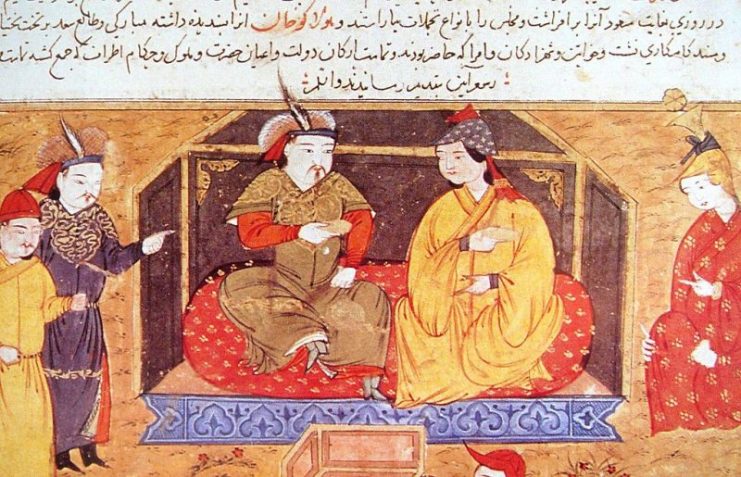
In the thirteenth century, Baghdad was not just the middle of the Islamic world, information technology was, without a doubt, one of the greatest cities on globe. Since 751 Advertising, information technology had been the capital of the Abbasid Caliphate, an Islamic empire that ruled over nigh of the Middle Eastward and much of North Africa.
While their political power had waned in the centuries leading up to that fateful day in 1258, the Abbasid caliphs nonetheless presided over possibly the greatest empire of scholarship and knowledge the globe had seen up to that betoken.
Baghdad was the concrete locus of this cultural empire. The famous Business firm of Wisdom was located there, a massive center of learning in which a vast assortment of scholars – both Islamic and not-Islamic – worked to translate all of the world's wisdom and knowledge.
They translated work from all of the aboriginal empires across the earth into Arabic and recorded them in books which were stored in the city'due south huge library.
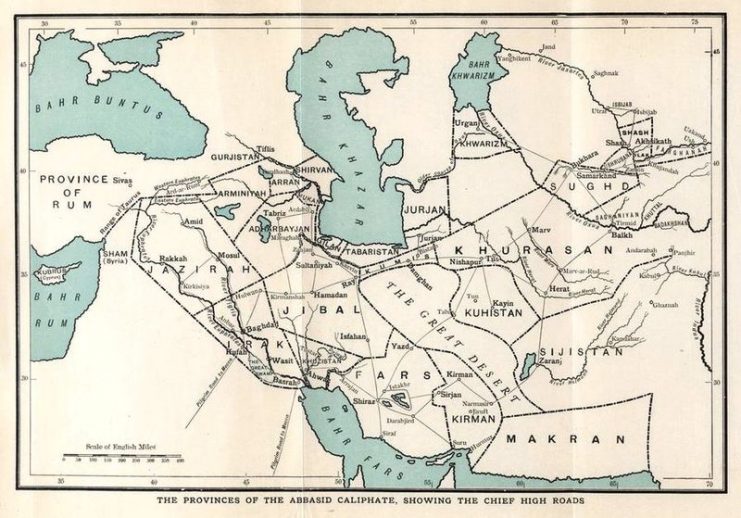
Because of this emphasis on learning and knowledge, scholars of all races, religions, and nations were welcomed to Baghdad. They were paid amply for their contributions to its ever-expanding store of knowledge, in areas as various as astronomy, mathematics, science, philosophy, medicine, and chemistry.
Unfortunately, these halcyon days for scholarship were not to last.
In 1258, the Mongol empire ruled a huge swathe of the Eurasian landmass. Presiding over this khaganate was one of Genghis Khan'southward grandsons, Möngke, the quaternary khagan of the Mongol empire.
His brother Kublai Khan would eventually get the 5th khagan. But Möngke chose another brother, Hulagu, to undertake the task of bringing the city of Baghdad under Mongol dominion. It was function of Möngke's plan to subjugate the entirety of Syria, Iran, and Mesopotamia.
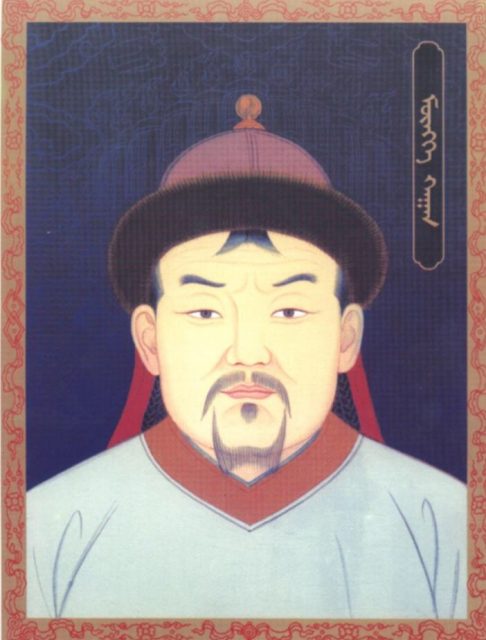
For this mammoth task, a vast Mongol army was raised over the years earlier the campaign. Ane out of every ten men throughout the gigantic Mongol empire was conscripted into this army.
Historical estimates suggest this force ended upward totaling annihilation from 100,000 to 150,000 soldiers, making information technology the largest Mongol army ever to have existed.
It was also supplemented by xx,000 Christian troops from Armenia and Antioch, along with 1,000 Chinese arms engineers, and auxiliary contingents of Persian and Turkic soldiers.
This immense forcefulness offset marched against a number of cities and rulers in Iran, which they crushed with ease. Hulagu also used his huge army to destroy the notorious Assassins, conquering their mountain fortress, Alamut, and executing the Grand Master of the Assassins, Rukn al-Dun Khurshah.
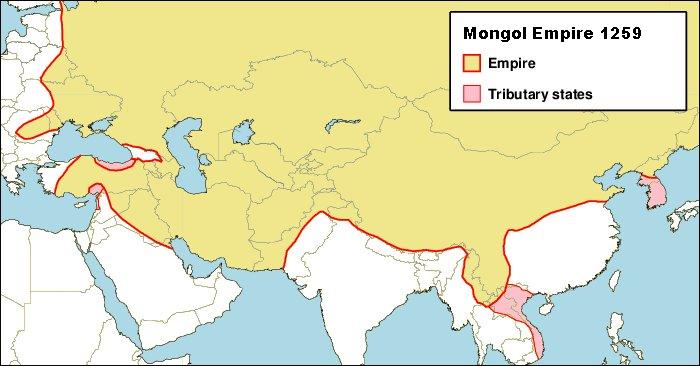
The Mongol army so began its accelerate toward Baghdad.
As was customary amid Mongol military leaders when advancing on a city, Hulagu offered the ruler of Baghdad, Caliph Al-Musta'sim Billah, the chance to give up his city to the Mongols without bloodshed.
Al-Musta'sim, for reasons which are still debated, refused Hulagu's offer. Some historians theorize that he believed that the residual of the Islamic world would come to his aid if Baghdad was attacked.
However, others suggest that his grand vizier and most trusted counselor, Ibn al-Alkami, influenced his decision. Alkami convincing Al-Musta'sim to decline either because of plainly ignorance virtually the strength of the Mongol regular army or for darker and more treacherous motives.
Either way, Al-Musta'sim did not do nearly enough to gear up for the upcoming clash. He did fiddling to reinforce Baghdad'south walls and did not call for reinforcements from neighboring emirs and Muslim emperors – many of whom he had made enemies of in whatsoever case.
When Hulagu reached the city, he sent a number of Mongol columns to encircle the walls in a pincer movement. Al-Musta'sim responded by sending out a large force of cavalry, around 20,000 men, to run into the Mongols in open battle – a battle in which they were encircled and crushed by the far larger Mongol army.
Only then did Al-Musta'sim begin to realize the true hopelessness of his state of affairs. Surrounded by the vast Mongol army, with his own regular army gone, there would exist no escape.
While it was customary for Mongol military leaders to offer the gamble for a bloodless surrender, it was always a ane-off offer. If it was rejected the outset time around, there would exist no further chances to surrender — there would just exist expiry and devastation.
Hulagu's troops began their siege of Baghdad on January 29th, 1258, with the combat engineers setting upwardly their siege engines and starting time their attacks on the walls. Past Feb 5th, most of the city's defenses had been destroyed. It was obvious that the Mongols would soon take the city.
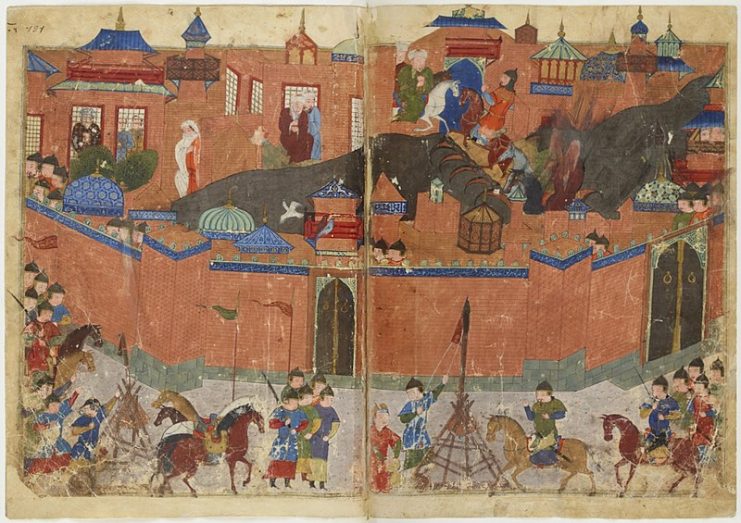
At present drastic, Al-Musta'sim attempted to negotiate with Hulagu, simply his envoys were only killed. Effectually three,000 of Baghdad'due south nobles likewise attempted to attempt and run across with Hulagu to offer terms of surrender, but he had them killed as well.
There was only 1 way this siege was going to end; Hulagu had long since made upwards his heed nigh this.
The city officially surrendered on February 10th, but Mongol troops simply entered the city on February 13th. So began one of the bloodiest days the globe has ever seen.
The metropolis had almost a 1000000 inhabitants, and none were allowed to escape. The merely people who were spared were Baghdad's population of Nestorian Christians. Hulagu's mother was a Nestorian, and this is why he let them live.
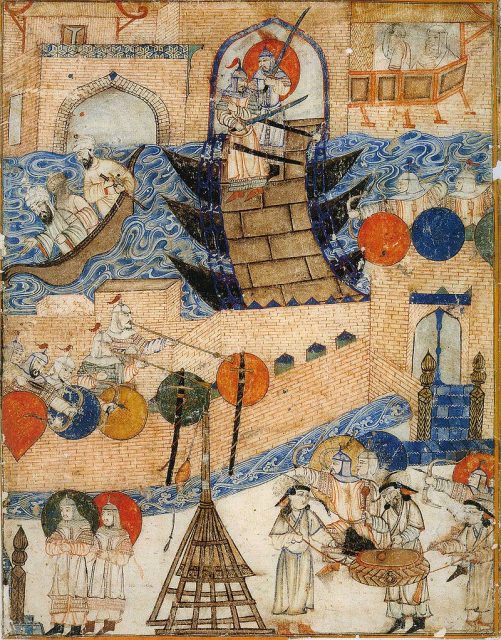
As for the balance, the Mongol warriors put men, women, and children, old and young, to the sword. Those they did non kill they took as slaves. Al-Musta'sim was captured and forced to watch all of these horrendous mass killings, likewise as the wanton devastation of what was surely one of the virtually beautiful cities on earth.
Palaces, mosques, churches, hospitals, and the metropolis's thirty-half-dozen public libraries were smashed to pieces or burned to the basis. The Firm of Wisdom, with its centuries of cognition from all cultures across the planet, was razed.
The Firm'south collection of books – perhaps the largest collection of books in the world at that time – was also destroyed. The books were ripped apart and thrown into the Tigris River, which was said to have run black from the ink.
The Tigris was not simply choked with destroyed books, but also with the bodies of the expressionless. The very lowest estimates country that 90,000 people were massacred when the Mongols entered the urban center – higher estimates range from the hundreds of thousands all the manner upwardly to a million.
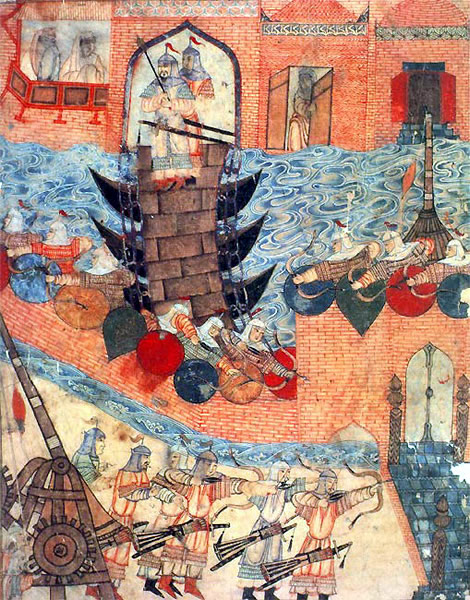
As for Al-Musta'sim, one time the city and its inhabitants had been utterly obliterated before his eyes – a task that took the vicious warriors the best role of a week – Hulagu killed the caliph'southward entire family (bated from one son, who was sent to Mongolia, and a daughter whom Hulagu took equally a concubine for his harem). Then Hulagu put the male monarch to death too.
Due to a Mongol prescript confronting the spilling of royal claret on the world, Al-Musta'sim was killed by being rolled up in a rug and trampled to death within it by horses.
Read some other story from the states: Half-dozen Years & a Pile of Bones- The Mongols Take a Chinese City
The complete destruction of Baghdad at the hands of the Mongols brought the Golden Historic period of Islam to a swift terminate. Indeed, some historians say that the sack of Baghdad was the single greatest blow always struck against the Islamic World in such a brusque time.
After this, the Muslim globe spiraled into a long period of disunity and decline. Without a doubt, February 13th, 1258, was one of the near subversive, bloody, and violent days in human history.
matthiesthandsoll.blogspot.com
Source: https://www.warhistoryonline.com/medieval/the-sack-of-baghdad-in-1258.html
0 Response to "Was the Baghdad Zoo Ever Opened Again After 2003"
Post a Comment